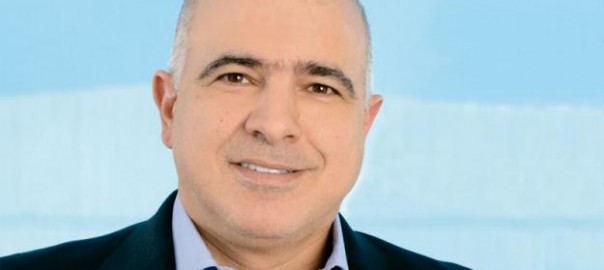During a press conference on Tuesday in Bogota, Tecnoglass managers reported that due to the stronger dollar, which is improving the profits of their business in the US, its financial results are putting the company in one of his best levels in history. Partial results of the first 9 months of 2015 show an increase in gross profit of 53%.
Other characteristics that highlight Tecnoglass is that it is the only Colombian company listed in Nasdaq, the largest automated electronic stock exchange in the United States based in New York. In addition, after two and a half years in the US market, the company decided to enter the Colombian Stock Exchange (BVC), whose stocks began trading on January 6.
The strange thing is that Tecnoglass dabbled in the stock market contrary to other large companies in the country, usually listed on the BVC first and then entering the New York Stock Exchange. So, the strategy used by the company is an alternative for Colombian companies who are thinking about entering the capital market.
El Espectador spoke with Christian Daes, Tecnoglass’ main partner, who narrates experience of this strategy. Among the advantages available to the employer is the increased credibility with American institutions.
Why did you venture first to the capital markets in the United States instead of Colombia?
The strategy was motivated by the company’s need for greater credibility in the American market. In the US if you sell something you’ll need a compliance insurance policy, and it was very difficult to get this requirement without being an American company. Because of this, we decided to enter the Nasdaq, where we are required to publicly present our balance sheet, which are audited by firms like PricewaterhouseCoopers. After our foray into this market the change in our credibility improved markedly, we even increased the amount of insurance that we can use.
Why enter Nasdaq, not the New York Stock Exchange (NYSE)?
Nasdaq has an advantage as it is intended for technology and fast growing companies. In contrast, the NYSE is for more traditional businesses like oil companies. Nasdaq was the best market that we could apply to our company, and so far it has been a good decision. US stocks has appreciated by 36% in the last year.
Would you recommend that Colombian companies enter US stock exchanges rather than the one in Colombia?
There is no formula for success. In each case you should think about the best strategy for each company. In our case it was a necessity to first enter the United States, which turned out to be the best. And today we are reaping the benefits.
Should other Colombian exporters should follow Tecnoglass’ example?
Industries in Colombia should take advantage of the US market. There is an impressive appetite for local companies, so it is unfair that while in Chile there are 21 companies listed in Nasdaq in Colombia there is only one. This is a tool to internationalize the country.
How painful was the process of entering Nasdaq?
The process is painful because it is a lot of paperwork, meetings, travel, etc. But the changes are good because the company has been internationalized, allowing Tecnoglass exports continue to grow in the coming years. This is making us proud of our homeland.
Now that you are also listed on the Colombian Stock Exchange and have experienced of both processes, where was it more difficult, Nasdaq or the BVC?
As hard as it is to believe, the process of entering into the BVC was more time-consuming than the process we did to get into Nasdaq. However we understand that they are different regulations, which are steps that must be taken and respected. They are also experiences that allowed us to acquire discipline.
What are the advantages of Nasdaq?
Being in this market will allow us to leverage the next decrease in the US construction sector. When the decline arrives our level of Ebitda will allow us to increase participation, as it happened in 2008. The crisis allowed us to expand throughout the US market.
Recently they acquired a loan with Credicorp to the order of US $ 120 million, what was the motivation?
A our investors were worried that all our debt was short term. So we was decided to change all these loans to one long-term, seven year, credit, to enhance sustainability. Besides our debt is now in dollars because most of our revenues are in this currency, so that this strategy reduces the currency risk.
How did you manage to use the crisis of 2008, and what did you learn that will enable you to take advantage of possible declines in the United States and Colombia?
We know that the boom will end someday, the good thing is that we have learned that we must be very sober while expanding during declines. Our experience taught us that our debt should be backed in batches, and we have to diversify. The result was that when the construction sector went into recession in 2008 we had sales of US $ 60 million, and when the crisis ended we recorded US $ 180 for this same item. And what we’re thinking right now is to repeat that strategy when the next crisis comes along.
Source: El Espectador



